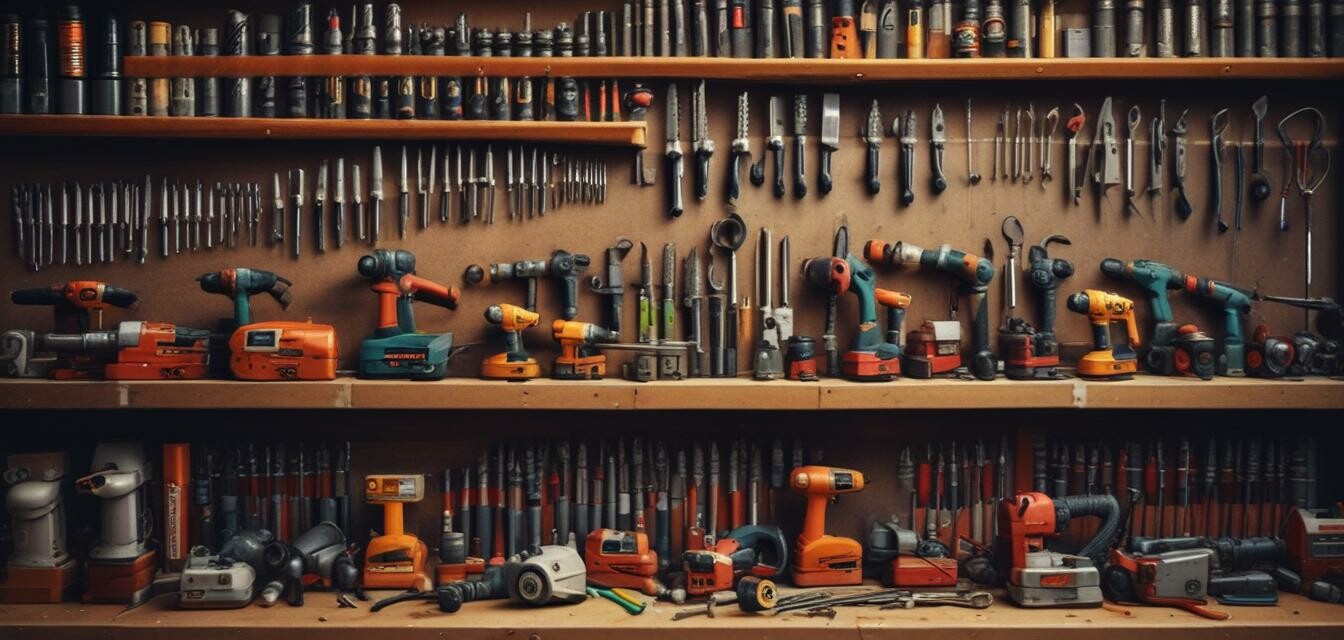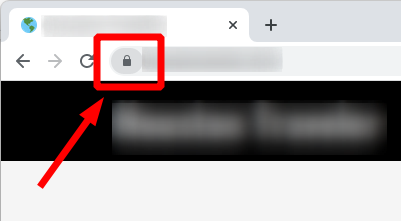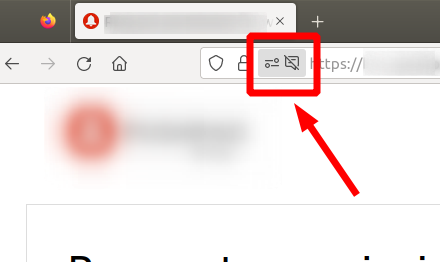
Tips for Maintaining Your Portable Power Tools
Key Takeaways
- Regular maintenance extends the life of your power tools.
- Keep tools clean and stored properly to avoid damage.
- Understand the specific care necessary for different tools.
- Utilize proper safety measures while performing maintenance.
Maintaining your portable power tools is essential for ensuring their longevity and optimal performance. Whether you are a contractor on a job site or a DIY enthusiast at home, taking the time to care for your tools can make a huge difference in their function and reliability. In this guide, we will provide practical tips that you can incorporate into your routine to keep your tools running smoothly.
Why maintenance matters
Portable power tools can be significant investments, and regular maintenance can help protect these investments. Proper care can lead to:
- Increased lifespan of tools
- Better performance and efficiency
- Fewer repairs and replacements
- Enhanced safety while using the tools
Essential maintenance tips
Follow these tips to maintain your portable power tools effectively:
1. Keep them clean
Regular cleaning is essential for all types of power tools. Dust, debris, and dirt can accumulate, affecting performance. Here's how to do it:
- Use compressed air to blow out dust from vents and crevices.
- Wipe down surfaces with a damp cloth to remove grime.
- For specific tools, refer to manufacturer guidelines for cleaning methods.
2. Inspect for damage
Before each use, inspect your tools for signs of wear and damage:
- Check for frayed cords or damaged plugs.
- Look for cracks in the plastic housing.
- Ensure blades and bits are sharp and free from defects.
3. Lubricate moving parts
Proper lubrication is crucial for the moving parts of your tools:
- Use appropriate lubricants as specified by the manufacturer.
- Regularly oil gears, bearings, and other moving parts.
- Do not over-lubricate, as this can lead to buildup and performance issues.
4. Store tools properly
How you store your tools can dramatically affect their lifespan:
- Store tools in a dry environment to prevent rust.
- Utilize a tool chest or rack to keep them organized and to avoid damage.
- Use protective coverings for tools that are not in use frequently.
Special care for different tool types
Different types of tools may require slightly different types of maintenance:
| Tool Type | Maintenance Tips |
|---|---|
| Angle Grinders | Check the cooling vents and clean the dust filter regularly. |
| Cordless Drills | Charge batteries properly and store them at room temperature. |
| Impact Wrenches | Lubricate the anvil to ensure smooth operation. |
| Portable Saws | Regularly check the blade tension and replace dull blades. |
| Rotary Tools | Ensure collets are clean and free of debris. |
Safety first during maintenance
Always keep safety at the forefront when performing maintenance tasks:
- Ensure tools are unplugged before cleaning or inspecting.
- Use safety glasses when dealing with dust or debris.
- Follow any specific safety instructions outlined in the manual.
Conclusion
Taking the time to maintain your portable power tools will pay off in the long run, leading to improved performance and a safer working environment. Remember to regularly inspect, clean, and care for your tools according to their specific needs. For more DIY projects and tips, visit our DIY Projects section to explore various creative ideas!
Pros
- Extended lifespan of tools.
- Enhanced performance and efficiency.
- Lower repair costs.
- Increased safety during use.
Cons
- Time-consuming for some users.
- Requires knowledge of specific maintenance practices.
- Possible costs for replacement parts.
Beginner's tips for tool maintenance
- Start with simple cleaning tasks to get into the habit.
- Refer to user manuals for specific maintenance recommendations.
- Consider joining a community or forum for additional tips and support.

